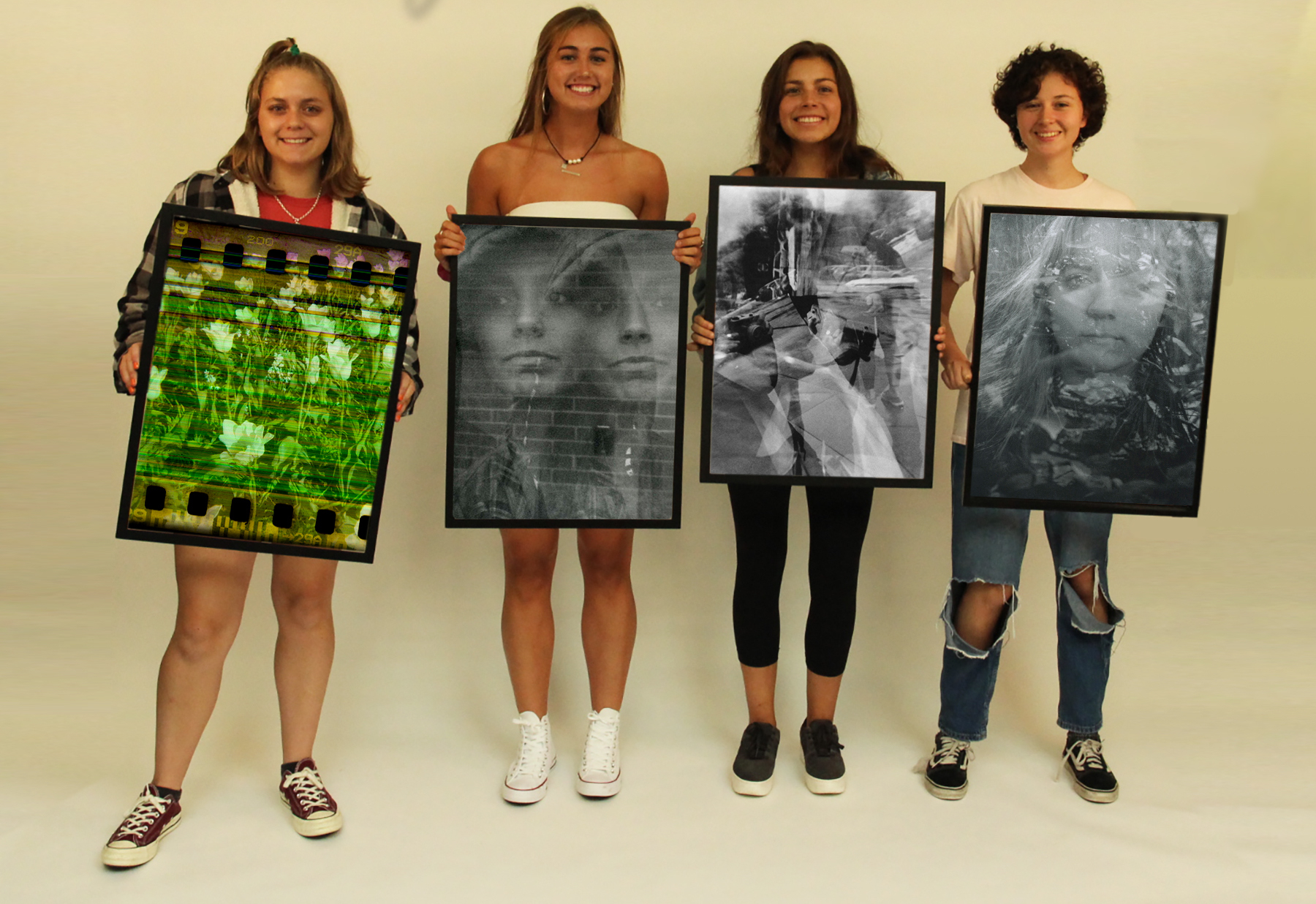Sommerville, MA, a town heralded by its residents as second only to New York City in artists-per- capita, has held a Toy Camera photography festival for the past seven years.
Five years ago, Wellesley high school photography teacher Doug Johnson submitted a host of student work to the festival on a whim and was rewarded with one student acceptance. Since then, he says, the festival has grown, and he has made it his goal to submit as many students as possible each year.
This year, judges of the Toy Camera Festival accepted the work of four Photography Intensive students, including Emma Bowman ’20, Katie Why ’20, Aja Binder ’20, and Sophi Cerda ’20. Each will have work displayed in one of the festival’s four galleries.
“Toy Camera” describes any simple, inexpensive film camera such as a pinhole camera, a Holga, an old-fashioned camera, or any other “low-fi” devices.
This style of art is incorporated into the Intensive students’ curriculum, and they work with Holga cameras multiple times throughout the year. Johnson describes the toy cameras as “primitive.”
“It’s the basic way that photography was done at the very beginning. The cameras we use have light leaks built into them so you get interesting, bizarre vignettes and flashes of light and darkness,” said Johnson.
First time applicant Why enjoys the cameras because of their unpredictability.
“Toy cameras can produce unexpected and ‘messy’ images. They allow the photographer to capture different perspectives and angles in one singular photograph,” said Why.
Bowman, who had two of her photographs admitted to the festival, also likes the simplicity of the cameras.
“I like using toy cameras because they depend completely on the user to take an interesting photo. They can also be used to create double exposures when two photos are taken on the same segment of film, overlapping each other. This technique is not possible on a regular film camera,” said Bowman.
According to Why, inspiration can strike at any point in the process, and it doesn’t have to occur before the film has been loaded into the camera.
“I vividly remember that it was cold, windy, and very rainy on the day of the shoot, so I thought I’d take advantage of the weather and have it factor into my final piece. Standing outside in the cold waiting for some inspiration took a while, but as we started to walk back into the school, I told my friend, Aja Binder, to turn around, and as she did, I captured one of the images as a candid,” said Why.
Bowman took the Holga negatives to Newtonville Camera and then she scanned the prints onto the computer.
“The scanner could not scan the negatives at the correct resolution and instead resulted in many lines stretching across the photo. At first, I tried to remove them, but I eventually decided I liked the effect. The process was serendipitous, and ended up earning me a spot in the festival,” said Bowman.
To submit a piece in the festival, it must be taken on a toy camera with no other requirements. This allows significant room for interpretation and added to Why’s excitement over her acceptance.
“It felt awesome to be recognized in the toy camera festival. There are a wide range of styles of photographs that get submitted into the festival, so realizing that my unique style of photography got noticed increases my excitement,” said Why.
The competition does not only attract artists from Massachusetts.
“I read that 23 states were represented, and eight countries this year, so it’s pretty amazing to see our students work right next to accomplished photographers in a gallery setting. As far as I know, they were the only high school kids that got in, so that’s also pretty amazing,” said Johnson.

